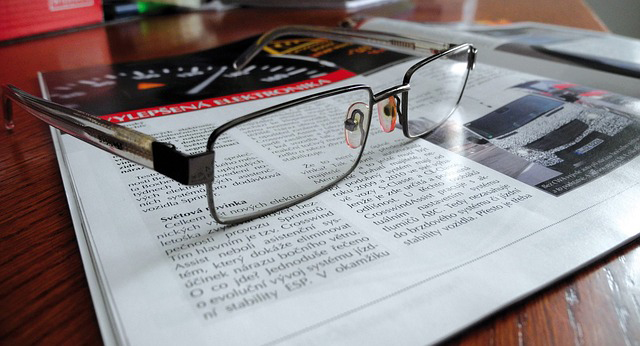This past spring, Ooligan Press was commissioned by the Humanities Department of Portland State University to begin work on an academic film studies journal as part of our OpenBook series. We couldn’t be any more excited! Our job is to coordinate with Dr. Michael Clark, the director of the Portland Center for Public Humanities, to discover how best to display academic film essays on specific film directors using Ooligan’s collective knowledge of book design. I think demonstrating the ability to marry content to design will be a valuable service to the academic journal market, because from what I have seen of our future competitors, the majority of them leave much to desire aesthetically.
Many would say that it is not the presentation but the content that is most important. A valid argument can be made from this assertion. Indeed, those who produce university press journals are academics with knowledge in highly specialized fields. Academics are hardly marketeers. However, which of us can truly claim to have ever picked up an academic journal by accident and then torn through the covers? I posit the idea that presentation is every bit as important as content. In the book world, we do judge books by their covers. How else can we entice a reader to idly snatch one book off a shelf as opposed to another? That is where Ooligan steps into the argument.
There are three types of journals. These types are broad categories by which all periodicals might be sorted. The first type of journal is what we all may recognize from trains, airplanes, or hospital waiting rooms: the popular journal, like Time magazine. The writing of authors, journalists, and students usually appears in this form of periodical. Quite often there are no credentials applied to the articles, the language is simple, the pictures are vibrant, and the periodical is usually filled with advertisements. The second form of journal is the trade journal. Much like the popular journal, there might be high-gloss photos, but unlike the popular journal, there is language and jargon that is more specific to a certain topic. Most trade journals are written, designed, and distributed by and to professionals in a given field. One such journal that comes to mind is Meetings and Conventions magazine, a periodical for people who plan—you guessed it—meetings and conventions. The last kind of periodical is the academic journal, usually printed in two color on stock with monstrously large periodical proportions (8” x 10”), and containing upwards of 150 pages. A good example of the norm in the academic journal market would be Profession, a magazine known for its essays and critical research, but not so much its pretty looks.
The large proportions of academic journals signal nothing further than the intended weight of academic authority. Let us then do something different from the norm. Let us create a journal that would be a standard book trim size, filled with potent essays of the highest quality scholarly research with the highest quality design. Why shouldn’t these two worlds meet? That is our mission. That is what we are setting out to do.

